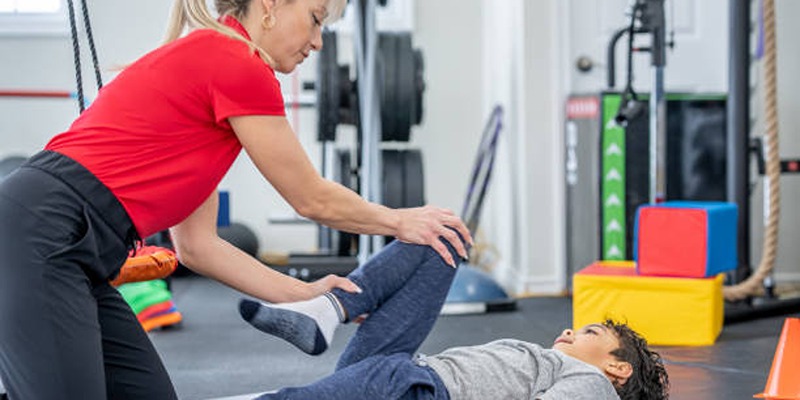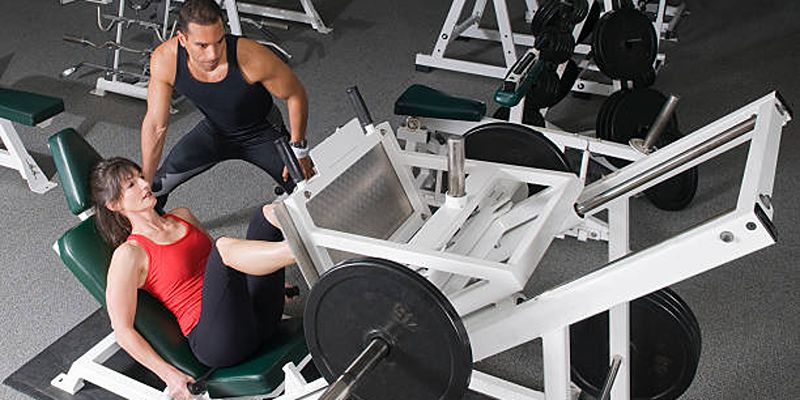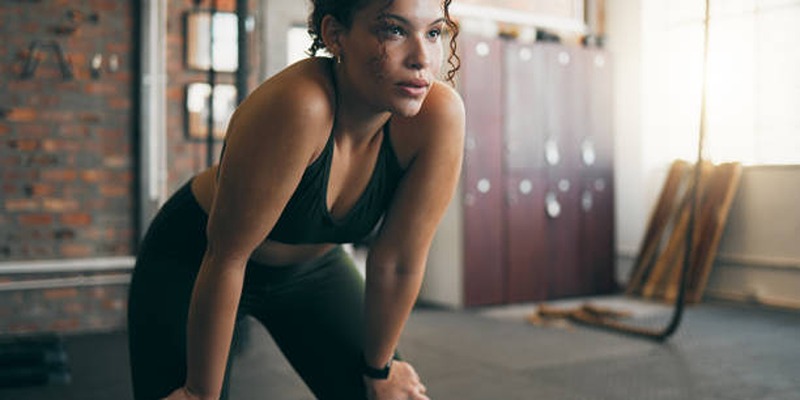The deadlift is a foundational lift in any strength-building workout regime, revered for its capacity to work multiple muscle groups simultaneously and improve overall functional strength. However, performing deadlifts with improper form can not only stunt muscle development but also lead to serious injuries, particularly to the lower back. This guide addresses nine common deadlift mistakes that even seasoned lifters can make, outlining the potential risks associated with each and providing actionable strategies for correction.
1. Rounding your back
One of the most prevalent and dangerous mistakes when performing deadlifts is rounding the back. This improper alignment places excessive stress on the spinal erectors rather than distributing the load across the larger leg and hip muscles. It can lead to severe back strains or more significant injuries like herniated discs.
Fix: Brace your core and maintain a neutral spine
To avoid rounding your back, engage your core muscles by drawing in your belly button towards your spine and squeezing your glutes before pulling the weight off the floor. Additionally, ensure that you maintain a neutral spine throughout the movement by keeping your head in line with your body and avoiding any excessive arching or rounding of the back.
2. Using a mixed grip
Many lifters use a mixed grip (one palm facing up and one facing down) when deadlifting to increase their grip strength and prevent the barbell from slipping. However, this asymmetrical hand positioning can create imbalances in the shoulders and hips, leading to potential injuries.
Fix: Use a double overhand grip or straps
Instead of using a mixed grip, try using a double overhand grip (palms facing down) if possible. For heavier weights, consider using lifting straps to maintain an even distribution of weight across both arms and reduce strain on one side of the body.
3. Lifting with an arched lower back
As mentioned earlier, maintaining a neutral spine is crucial when deadlifting. However, some lifters make the mistake of arching their lower back excessively, which can lead to hyperextension and cause pain or injury.
Fix: Engage your lats and pull your shoulders down
To avoid an arched lower back, focus on engaging your lats (latissimus dorsi muscles) by pulling your shoulders down and back. This will help stabilize the spine and prevent excessive arching.
4. Lifting too heavy
The deadlift is a compound movement that involves multiple muscle groups working together. Trying to lift too heavy of a weight can lead to poor form and increase the risk of injury.
Fix: Start with lighter weights and focus on form
It's essential to gradually increase weight on deadlifts and prioritize proper form over lifting heavy. Begin with a weight that you can comfortably lift for eight to ten repetitions, focusing on maintaining proper technique throughout the movement.
5. Not using your legs enough
Another common mistake is relying too much on your back muscles and not enough on your legs when deadlifting. This can lead to an inefficient movement pattern and increase the risk of injury.
Fix: Push through your heels and engage your quads
To ensure that you're using your legs effectively, push through your heels as you lift the weight off the ground, engaging your quadriceps (front thigh muscles) and hamstrings (back thigh muscles). This will allow you to lift the weight using the stronger leg muscles rather than relying solely on your back.
6. Not keeping the bar close to your body

Allowing the barbell to drift away from your body, particularly at the start of the lift, can put additional strain on your lower back and make the movement more challenging.
Fix: Keep the bar in contact with your legs
Maintain proper alignment by keeping the barbell in contact with your legs throughout the lift. This will help distribute the weight evenly and prevent any unnecessary strain on your back.
7. Hyperextending at the top of the movement
Some lifters make the mistake of hyperextending their back at the top of the deadlift, arching too far backward. This can put undue stress on the spine and cause injury.
Fix: Squeeze your glutes and keep your core engaged
To avoid hyperextending, focus on squeezing your glutes at the top of the movement and keeping your core muscles engaged. This will help maintain a neutral position without excessive arching.
8. Not breathing correctly
Breathing plays a critical role in any exercise, and deadlifts are no exception. Holding your breath or not paying attention to your breathing during the movement can cause increased blood pressure and put unnecessary strain on your body.
Fix: Inhale before lifting and exhale during exertion
Before lifting the weight, take a deep breath and hold it. As you lift the barbell off the ground, exhale through your mouth. Inhale again as you lower the weight back to the starting position.
9. Not taking enough rest between sets

Recovery is essential when engaging in any strength-building workout, including deadlifts. Not taking enough rest between sets can lead to fatigue, poor form, and potential injuries.
Fix: Take adequate rest between sets
Allow yourself enough time to recover between sets. This can vary based on your fitness level, but aim for at least 2-3 minutes between sets to allow your muscles to fully recover and maintain proper form throughout the movement.
Conclusion
Deadlifts are a fantastic exercise for building overall strength and targeting multiple muscle groups. However, it's crucial to perform them correctly to avoid injury and get the most out of your workout. By correcting these common mistakes, you can safely incorporate deadlifts into your training routine and reap their numerous benefits. Remember to always prioritize proper form and listen to your body while performing any exercise.




